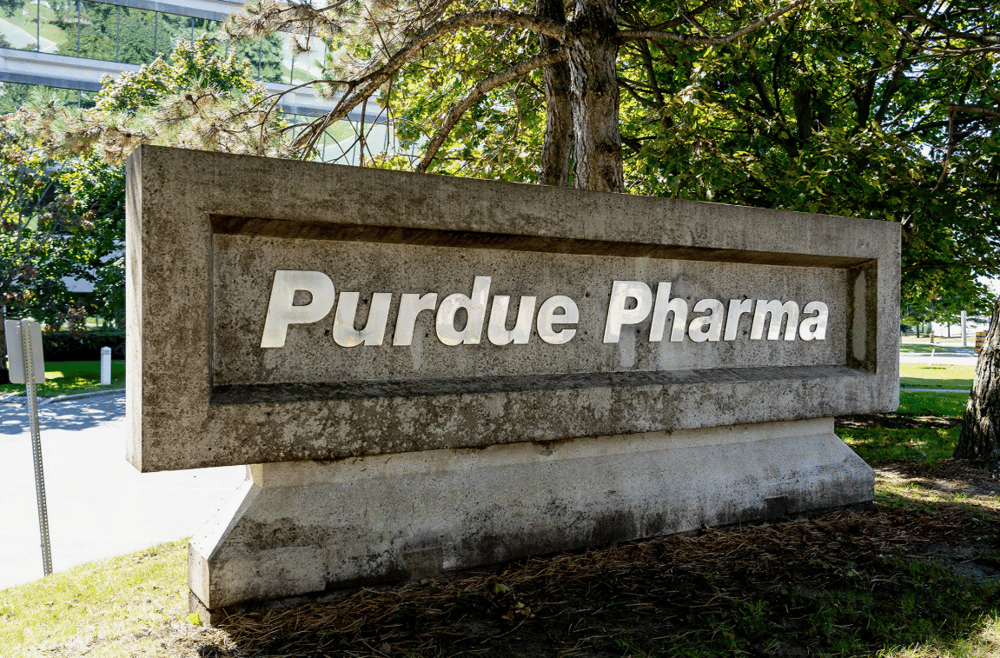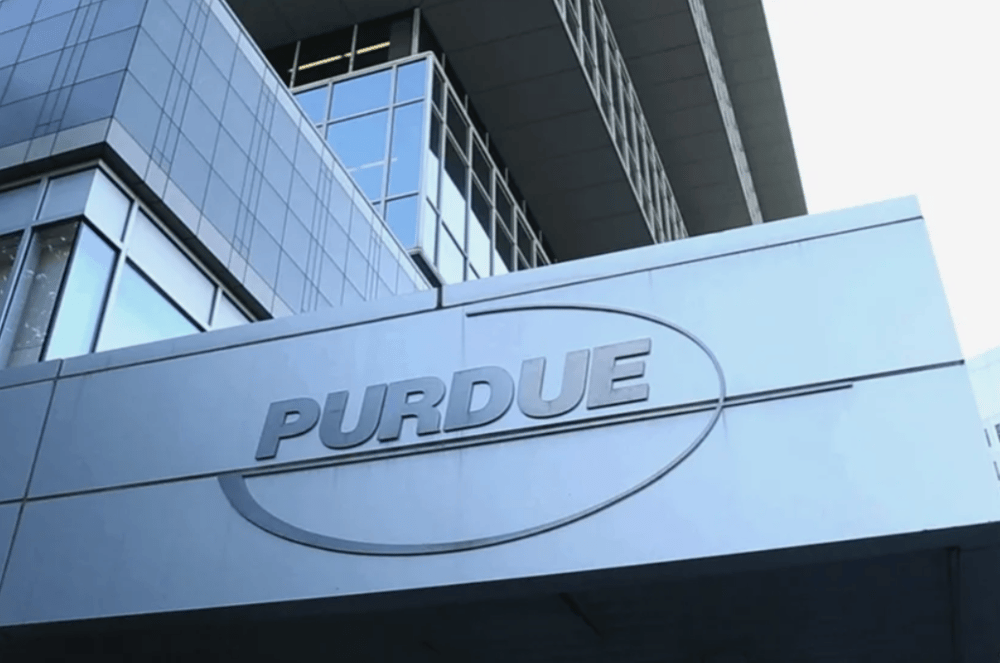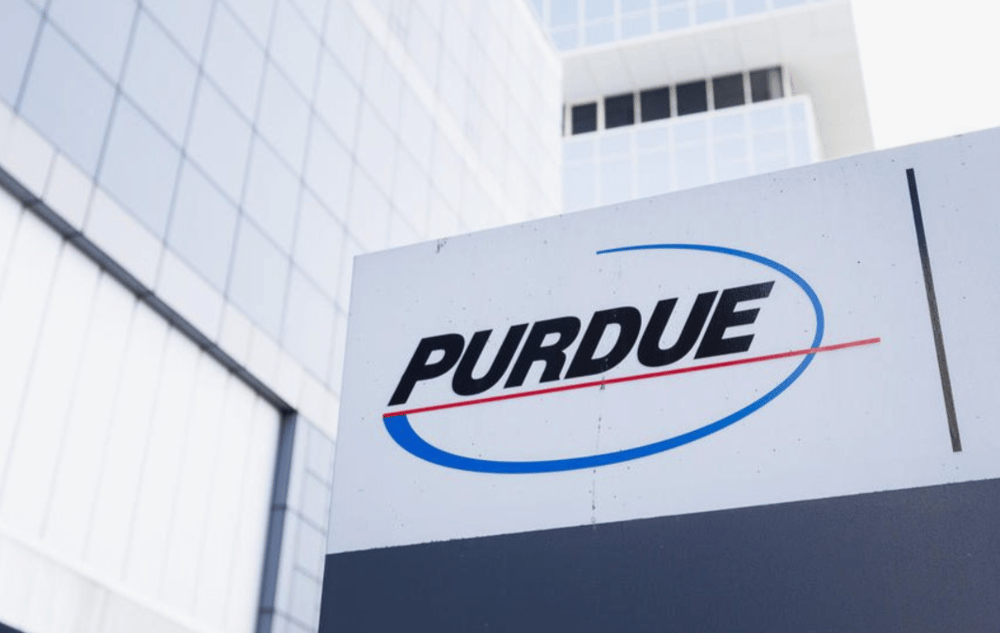Purdue Pharma Secures Broad U.S. State Support for $7.4 Billion Opioid Settlement
Purdue Pharma, the pharmaceutical company behind OxyContin, has obtained the support of 55 U.S. state and territorial attorneys general for its $7.4 billion opioid settlement, a significant milestone in one of the largest mass tort cases in U.S. history. The agreement seeks to resolve thousands of lawsuits related to the opioid epidemic, which has claimed hundreds of thousands of lives and placed substantial economic burdens on state healthcare systems.
The settlement is part of a Chapter 11 bankruptcy plan and includes contributions from members of the Sackler family, Purdue's former owners. The legal framework for the deal was introduced in January 2025 by New York Attorney General Letitia James, and the recent consensus among the majority of U.S. states significantly improves Purdue’s chances of obtaining federal court approval for its reorganization strategy.
Financial and Legal Implications of Purdue Pharma's Bankruptcy Deal
The Purdue bankruptcy settlement, if finalized, would not only facilitate the distribution of $7.4 billion in compensation funds to affected states, municipalities, and victims, but would also enable the transformation of Purdue into a public benefit company. This entity would be tasked with supplying life-saving medications and continuing efforts to combat opioid addiction.
Under the plan, the Sackler family would receive immunity from future opioid-related civil claims, a contentious provision that has drawn criticism from some advocacy groups and lawmakers. However, the backing from 55 jurisdictions—including previously dissenting states—suggests a pragmatic pivot in favor of expedited relief and litigation closure.

Key Facts: Purdue Pharma Opioid Lawsuit Developments
💰 $7.4 billion settlement supported by 55 U.S. states and territories
⚖️ Agreement part of bankruptcy restructuring under Chapter 11
🧑⚖️ Framework introduced by NY AG Letitia James in January 2025
💊 Funds will aid opioid abatement, treatment, and public health programs
🏛️ Purdue to be restructured as public benefit corporation
🧬 Sackler family to contribute billions but retain civil liability protections
⏳ Court decision pending on final reorganization approval
Market and Legal Reactions: A Complex but Critical Precedent
The pharmaceutical and legal communities are treating the Purdue case as a landmark precedent in mass tort resolution. While Purdue is a privately held company, the broader implications for U.S. healthcare litigation risk, bankruptcy reform, and corporate accountability are substantial.
Legal analysts have noted that the scope of attorney general consensus lends credibility to the plan, potentially making it more palatable to federal bankruptcy judges who have previously scrutinized the non-consensual third-party releases granted to the Sacklers.
On the public markets, pharmaceutical companies exposed to litigation risk—particularly those involved in opioid distribution—experienced modest relief, as the Purdue resolution signals a possible blueprint for future settlements. Analysts caution, however, that civil immunity provisions remain controversial and could spur Congressional intervention or Supreme Court review.

Key Takeaways: Legal and Policy Dimensions
Settlement structure centers on victim compensation and abatement, not corporate penalties alone.
Attorney general support significantly reduces opposition risk in court approval stages.
Purdue's transformation into a public benefit company could serve as a governance model for socially responsible pharma restructuring.
Civil liability protections for the Sacklers continue to face political and ethical scrutiny.
Opioid litigation continues beyond Purdue, with distributors and retailers still facing unresolved claims.
Purdue Settlement Sets High-Stakes Legal Benchmark
The broad-based endorsement of Purdue Pharma’s $7.4 billion settlement marks a pivotal juncture in the long-running legal fallout from the U.S. opioid crisis. If the restructuring plan receives final approval, it will not only conclude litigation against Purdue and the Sacklers but also set precedent for how mass harm claims are managed through bankruptcy courts.
While the agreement is far from universally welcomed—particularly due to the liability shield for the Sackler family—it represents a pragmatic outcome in a complex case with vast public health, legal, and economic dimensions. The resolution underscores the evolving interplay between corporate bankruptcy law and public accountability, and may influence litigation and legislative strategies for years to come.















Comments
Capital deployment on this scale reflects a commitment to transforming the automation landscape
Such developments highlight a growing commitment to automation as a long-term growth engine